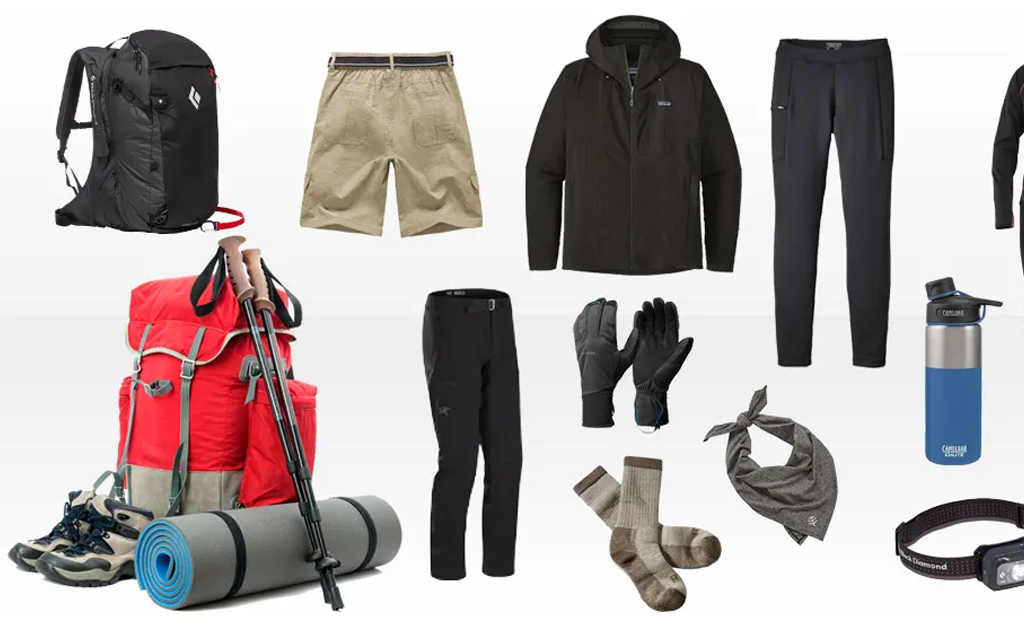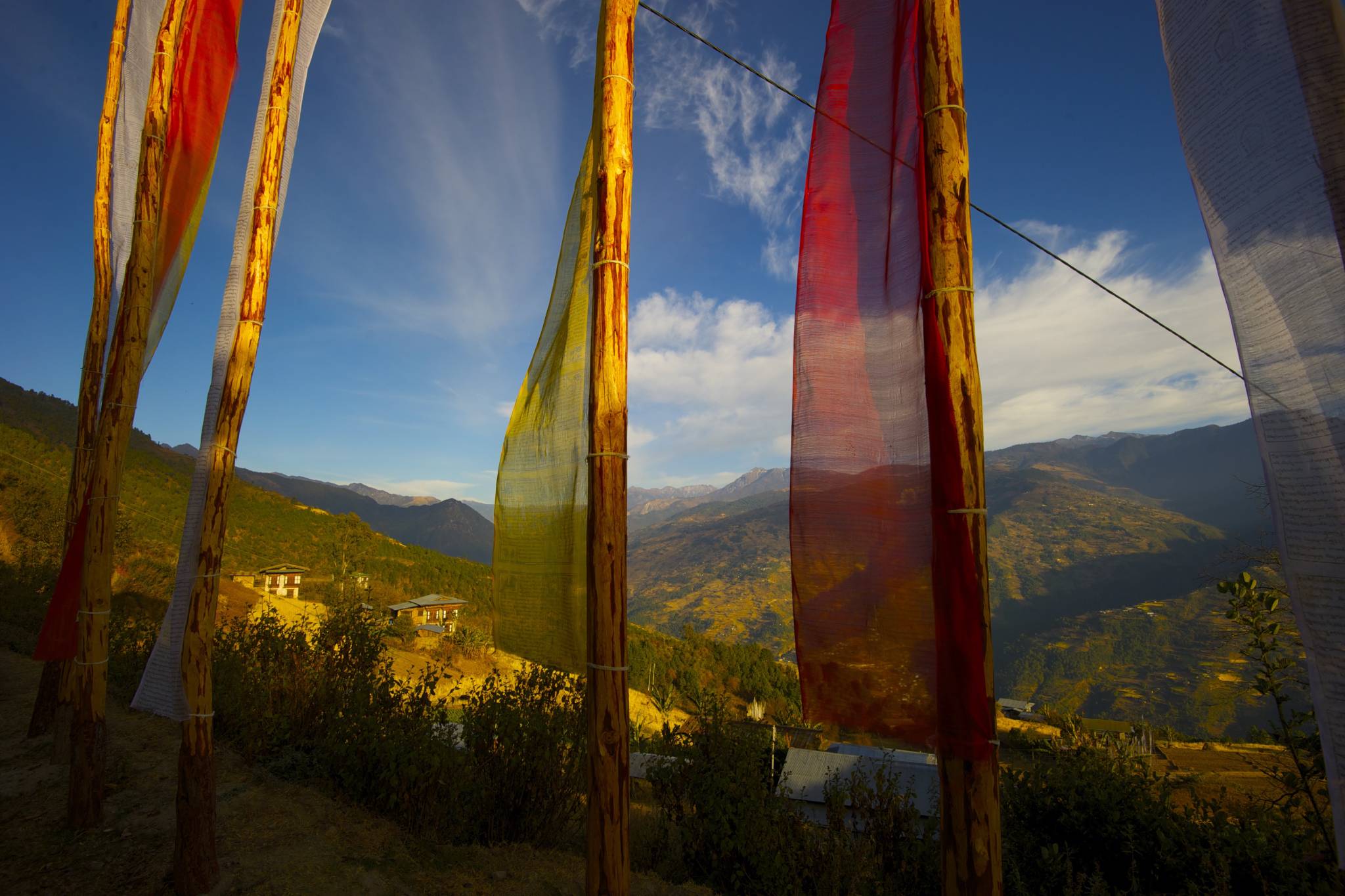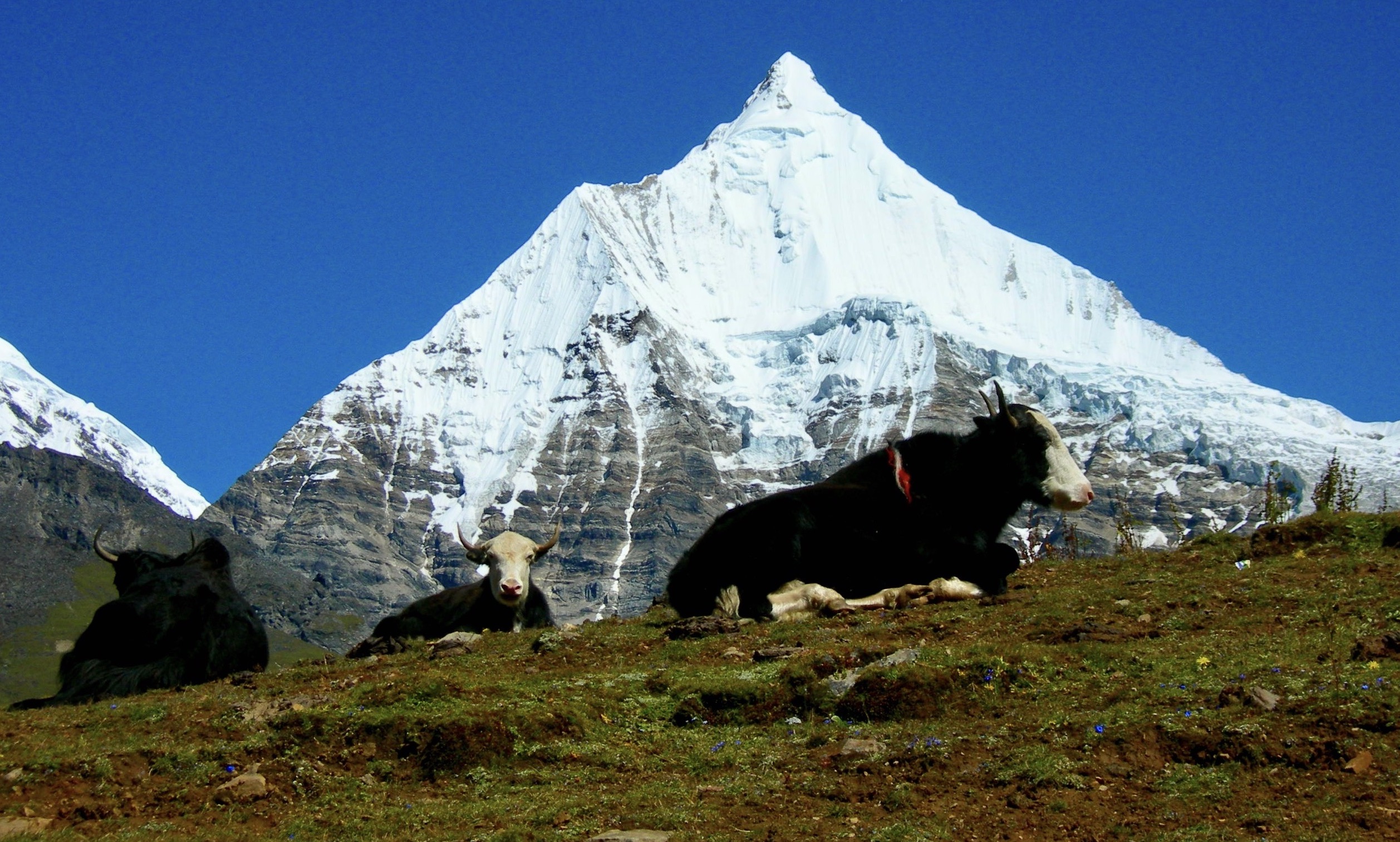Tourism is a major industry in Bhutan. The country has been able to sustain its natural and cultural heritage through sustainable tourism. Through this sustainable tourism, the country could protect its natural and cultural heritage while also benefiting local communities. This article will explore the importance of sustainable tourism in Bhutan, the conservation of natural and cultural heritage, and why it is important for the country to continue on this path.
Bhutan Tourism Policy.
Bhutan tourism policy focus on sustainable tourism because sustainable tourism respect the culture and traditions of our people and their natural environments, it contributes to the conservation of our natural and cultural heritage and improves the well being of our citizens within the overall concept of Gross National Happiness (GNH). The tourism industry in Bhutan is founded on the principle of ‘High Value Low Volume’ tourism in Bhutan. Our tourism must be environmentally and ecologically friendly, socially and culturally acceptable and economically viable. Tourism in Bhutan is different from other countries because it does not offer any mass-market attractions like beaches and skyscrapers, but instead offers the opportunity for travelers to experience the culture and traditions of Bhutan.
Cultural Sustainability.
Bhutan has so unique and most vivid living culture and tradition in the world. We respect every local customs and traditions. We give much importance to the preservation and promotion of our culture and tradition, which is one of our main elements of our identity. We do not encourage giving sweets; pencils, pens small money, or any other gifts to our children for it will encourage begging in the future. If our guest wants to give something to our children, we give it through proper channel or donate to schools so that School Principals can distribute to their students. Lastly, we encourage our clients to exchange cultures, language and ideas with the local community.
Sustainability in Environment.
Our sustainable trekking policy contributes for our country’s preservation of our rich and pristine natural environment fulfilling one of the pillars of our Gross National Happiness. We have a very good environmental code of conducts for trekking like:
- We discourage the making of campfires in trekking camps. We always send gas for cooking meals for crew members and our guests.
- We are always cautious about rubbish on the trekking trails and campsites. Our trekking staff is so responsible to bring back the non-biodegradable objects like plastics and bottles, other litters and hand over to reprocessing agents. We always try to clean every campsite used before we go from the camp, so that those trekkers following us can use this campsite. Our trekking staff picks up the litters on the trekking trails.
- We always pitch toilet tents at the campsite.
- We do not leave food scraps behind our camp to avoid attracting wild animals.
- We do not disturb or destroy natural habitat, which is home to our wild animals.
- We involve local community in providing porter and ponies and in many cases local people of high caliber in explanations and background history.
Socio-economic Sustainability.
Authentic Bhutan Tours is committed to the Sustainable Tourism in Bhutan. In doing our tour business, we always keep at the heart of our business policy to uphold the principle of sustainable tourism in our country. We carry out the following activities:
- We always support our communities or we encourage and support the community-based tourism in Bhutan, where we use local people to support our trekking teams, we use horses, we buy vegetables and foods from our local people.
- We encourage local communities to come forward and exchange with our clients in the areas of culture, values, traditions and way of life.
- We use farmhouses, where our guests can have direct interaction with the local people.
- We support local communities like rendering help in cash/kind to our old people in our village who do not have any children to look after them
- We support a monastery back in our village to support the monks in pursuing their religious goals in their life.
Your visits to Bhutan is an example of the support and contribution to the activities of Sustainable Tourism in Bhutan. By visiting and supporting you make positive impacts on the lives of local hosts.
All and all, Bhutan is a country that has been able to preserve its natural and cultural heritage. It is one of the few countries in the world which has achieved this milestone. The country has been able to do so due to sustainable tourism that it promotes, which is a type of tourism that fosters conservation of natural and cultural heritage.






